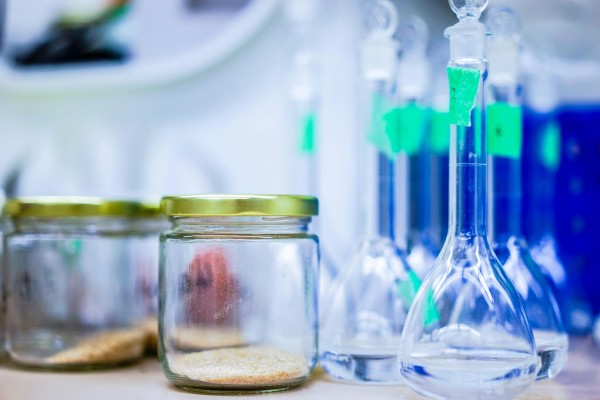MY BREWING LIFE
The Art and Science of Brewing
September 18, 2024
Brewing, to the untrained eye, might seem like the simple act of throwing a few ingredients together, letting them bubble away, and then waiting for something remotely drinkable to emerge. But for those of us drawn to its complexities, brewing is where art meets science. When you break it down, beer is just four simple ingredients: water, malt, hops, and yeast. Yet, in the hands of a skilled brewer (or a curious homebrewer like myself), those four humble elements transform into a world of endless flavour possibilities. That’s the magic – and the science – of brewing.
First, there’s water. You might think, "Water is water, what’s the big deal?" But anyone who’s tinkered with brewing knows that the mineral content of water – how “hard” or “soft” it is – plays a surprisingly big role in the flavour of the final product. Some classic styles, like pilsners, have their origins in specific regions where the local water gave them their distinctive taste. As a homebrewer, experimenting with water adjustments (a dash of gypsum here, a pinch of calcium chloride there) feels a bit like performing alchemy. It’s science, yes, but it’s also oddly satisfying to know that even a simple H₂O tweak can turn an average IPA into something extraordinary.
Then we get to malt, the backbone of every beer. Malted barley is the star here, but you can find yourself in a rabbit hole with varieties of malt—base malts, speciality malts, crystal, chocolate, roasted, the list goes on. The choice of malt determines everything from the beer's colour to its sweetness, body, and those warm toasty or caramel notes we crave in a darker brew. Throw in a small handful of chocolate malt, and suddenly your beer has hints of coffee. Swap it for a lighter malt, and you’re back in the realm of golden ales. It’s a bit like cooking: each malt type is a different spice, and the combination is where the art kicks in.
And then come the hops, those green, aromatic wonders that define so many beers today. The sheer variety of hops – earthy English hops, piney American hops, floral European hops, citrusy New World hops – means you can drastically alter the personality of a beer just by switching out one variety for another. You can add them early in the boil for bitterness, late for aroma, or “dry-hop” for extra fragrance. There’s an entire language around hops – “citrusy,” “resinous,” “dank” – that, once learned, opens up a new level of appreciation. Sometimes, I’ll sit there with a freshly brewed IPA, breathing in the tropical notes and thinking, “Yep, this one’s spot on.”
Lastly, there’s yeast, the unsung hero of brewing. While water, malt, and hops often get the attention, it’s yeast that really brings everything together. Yeast is where things get properly scientific. Different strains produce different flavours – from the fruity esters of an ale yeast to the crisp, clean finish of a lager yeast. Some yeasts like it warm, others need a chillier environment. There’s a reason people call yeast “the soul of beer” – it’s where the unpredictable, living part of the process comes into play. As a brewer, you can control a lot of things, but yeast has a mind of its own, and that’s part of the thrill.
So, yes, brewing might be just water, malt, hops, and yeast on the surface. But each of those four ingredients opens up a realm of choices, each one as crucial as the next. It’s chemistry, creativity, and a touch of magic. And the best part? With every batch, every tweak, every variable to experiment with, there’s always something new to learn and taste. Brewing, I reckon, isn’t just an art or a science – it’s a lifelong adventure.
